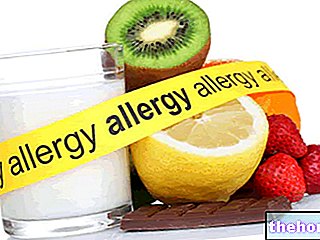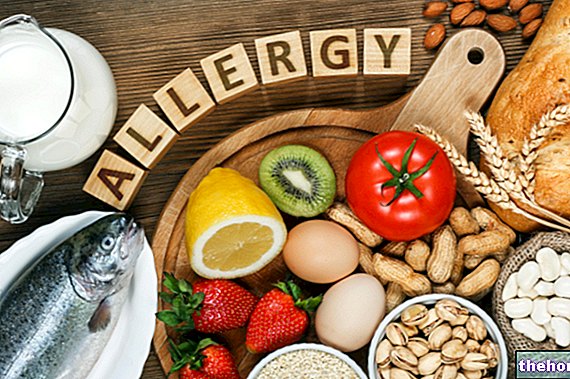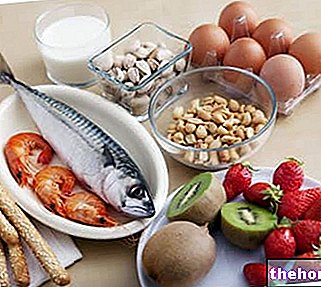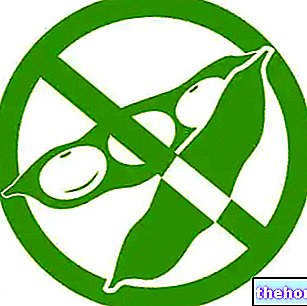Food intolerance or allergy?
Since a "simple" food intolerance can cause some typical symptoms of food allergies - such as nausea, vomiting, diarrhea and abdominal cramps - many people tend to confuse the two terms. In reality, food intolerances, unlike allergies, are always linked to a dose, which each individual should know to avoid exceeding it.

In most cases, food intolerance is linked to enzymatic dysfunctions, therefore to the deficiency or lack of enzymes necessary to digest certain substances; particularly known is the deficiency of lactase, a protein necessary for the digestion of milk sugar and whose deficiency leads to the widespread lactose intolerance.
Differences between Allergies, food intolerances and pseudo-allergic reactions
Food allergy *:
symptomatology triggered within a few minutes from the intake of a certain food or group of foods (from 2-3 "to 30-120"), sometimes even in a violent way. The food allergy is immunologically mediated and the symptoms are triggered by the intake also small amounts of responsible food.
Food intolerance:
symptoms linked to the quantity of food taken and determined by particular molecules present in food or by dysfunctions of the digestive system (enzymatic deficiencies). Symptoms often overlap with those of allergy but they differ because they do not involve the immune system and have a late onset, sometimes even a few days after taking it. Examples are lactose intolerance and favism.
Pseudo-allergic reactions:
they are given by foods rich in histamine and / or tyramine or containing histamine liberating substances. Taken in large quantities, they can cause allergy-like symptoms.
(*) The terms food allergy and food hypersensitivity can be used interchangeably
Pseudo-allergic reactions
Pseudo-allergic reactions have all the characteristics of allergies, except the involvement of the immune system. They are caused by foods themselves rich in tyramine or histamine, or capable of stimulating the release of histamine by the body. The release of these chemical mediators represents the final point of the cascade of allergic reactions and is responsible for the typical manifestations of skin, respiratory, gastrointestinal level, etc.
Strawberry intolerance belongs to the category of pseudo-allergic reactions, because this food, similarly to tomatoes and shellfish, stimulates the release of histamine. Once ingested, these foods, although lacking in allergenic power, can mimic an allergic reaction from the point of view. from a symptomatic point of view. These manifestations are controlled by antihistamine therapy and do not cause concrete dangers for the health of the individual (which are instead typical of a real food allergy).
By consuming this type of food, skin rashes (red spots on the skin, itching) may appear but, once the administration is stopped, the symptoms quickly subside. The quantities capable of triggering the allergic reaction vary from person to person in relation to the individual predisposition.
Foods rich in histamine and / or tyramine: fermented cheeses, aged cheeses, pork liver, sausages, blue fish (sardines, mackerel, anchovies), tuna, salmon, herring, tomatoes, spinach, fermented drinks.
It should be noted that the concentration of histamine and tyramine is inversely proportional to the state of freshness of the fish (when a few days old fish is consumed it is easier to run into unpleasant pseudo-allergic problems).
Foods containing liberating histamine substances: shellfish and seafood, some types of fish and canned foods, egg whites, chocolate, tomatoes, strawberries.
Other articles on "Pseudoallergic Reactions"
- Food allergy
- Food Allergies: Causes and Risk Factors
- Development of Food Allergies: Role of Age and Environment
- Food Allergies: Why They Occur
- Food Allergies: Symptoms, Diagnosis, Treatment
- Food Allergies: Food at Risk























-nelle-carni-di-maiale.jpg)




